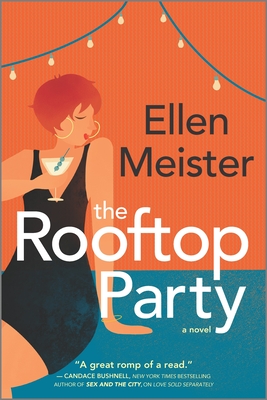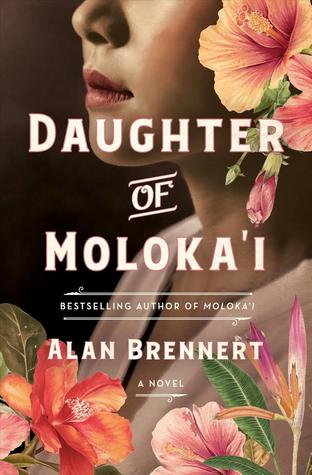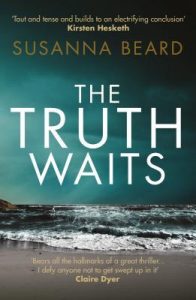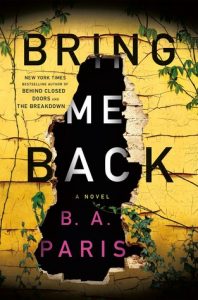Moloka’i told the
story of Rachel Utagawa, nee Kalama, who lived in the Kalaupapa
lazaretto from age 7 when she was diagnosed with leprosy. This book
follows her daughter Ruth’s life, from the moment she was taken
away from Rachel and her husband Kenji, for her health’s sake. Dear
Reader watches her adoptive parents choose her, the half-Japanese,
half-Hawaiian 5-year-old at the orphanage, sees her come of age on a
California farm, and witnesses her incarceration in the Japanese
internment camps in the US during WWII, along with her parents,
brothers, husband, and children. This novel connects with the first
one when Ruth meets Rachel, in the same scene from Ruth’s
perspective this time, a brilliant and heartening re-telling of an
emotionally charged meeting.
Brennert traverses
the nuances of racism, fear of contagion, and human rights as he
tells of the horror of being found out as a victim of leprosy in late
19th / early 20th century Hawai’i, and the
dread of a child separated from her family to live with strangers. As
with especially well-written historical fiction, the setting of
Hawai’i / Moloka’i becomes its own character, showing Hawai’i’s
children growing up surfing, the US stealing the islands from the
last monarch, Queen Lili’uokalani, and the evolution of the
lazaretto. Brennert touches upon Hawai’ian and Japanese honor, race
relations and the lack of internment camps for Japanese in Hawai’i.
He digs deep into Hawai’ian folklore, with a supporting character
who is a native healer, how the “separating sickness” destroys
families, and how friendship blends into family.
I was fortunate to
receive a copy of this beautiful novel from St. Martin’s Press. I
highly recommend reading Moloka’i for full immersion into the
multi-generational story.



 Anna finds a teenage girl’s body on the beach in Lithuania while on a business trip to her textile factory. Prevented from leaving by a natural disaster, she meets a journalist named Will, who moves into her carefully constructed life. He and her friends warn her against pursuing the girl’s murder, but her own past urges her on, until she finds herself in danger, and Will is incommunicado. Beard portrays a workaholic with repressed emotions and memories vividly, though Anna seems to throw up a lot and has quite a few anxiety attacks, not to mention the breakdown from grief. The story seems as self-oriented as Anna, focusing on her distress throughout, when it could have explored the horrors of sex trafficking further. Even as Anna is justified in her wavering faith in Will, his character is not developed enough for the reader to make a judgment call either way. Though the story is a good one, it could have given a little more weight toward other characters, and even considered location a main character in its cultural presence, but Anna simply comes across as too neurotic to notice anything else. I was graciously given a digital copy by the publisher through NetGalley.
Anna finds a teenage girl’s body on the beach in Lithuania while on a business trip to her textile factory. Prevented from leaving by a natural disaster, she meets a journalist named Will, who moves into her carefully constructed life. He and her friends warn her against pursuing the girl’s murder, but her own past urges her on, until she finds herself in danger, and Will is incommunicado. Beard portrays a workaholic with repressed emotions and memories vividly, though Anna seems to throw up a lot and has quite a few anxiety attacks, not to mention the breakdown from grief. The story seems as self-oriented as Anna, focusing on her distress throughout, when it could have explored the horrors of sex trafficking further. Even as Anna is justified in her wavering faith in Will, his character is not developed enough for the reader to make a judgment call either way. Though the story is a good one, it could have given a little more weight toward other characters, and even considered location a main character in its cultural presence, but Anna simply comes across as too neurotic to notice anything else. I was graciously given a digital copy by the publisher through NetGalley. Finn told police the half-truth about Layla disappearing from a rest stop on their vacation in Fonches, France. More than a dozen years later, strange happenings at home in England make Finn believe that Layla is alive and upset that he is about to marry her sister. Paris leads the reader on a wild adventure, implicating culprits right and left, with Finn alternately dismissing suspicions and accusing friends aggressively. Hints of Layla show up in objects significant to her life and emails with information only she would know, causing Finn dreadful hope. The author brilliantly traverses through the landscape of a troubled mind, then reverts to a trope of spelling out the resolution in a lengthy letter, a bit disappointing after such magnificent writing. The resolution itself may astonish the most clever reader in its unique take on the concept. It’s a definite must read. I was fortunate to receive an ARC of this fantastic thriller from the publisher through NetGalley.
Finn told police the half-truth about Layla disappearing from a rest stop on their vacation in Fonches, France. More than a dozen years later, strange happenings at home in England make Finn believe that Layla is alive and upset that he is about to marry her sister. Paris leads the reader on a wild adventure, implicating culprits right and left, with Finn alternately dismissing suspicions and accusing friends aggressively. Hints of Layla show up in objects significant to her life and emails with information only she would know, causing Finn dreadful hope. The author brilliantly traverses through the landscape of a troubled mind, then reverts to a trope of spelling out the resolution in a lengthy letter, a bit disappointing after such magnificent writing. The resolution itself may astonish the most clever reader in its unique take on the concept. It’s a definite must read. I was fortunate to receive an ARC of this fantastic thriller from the publisher through NetGalley.